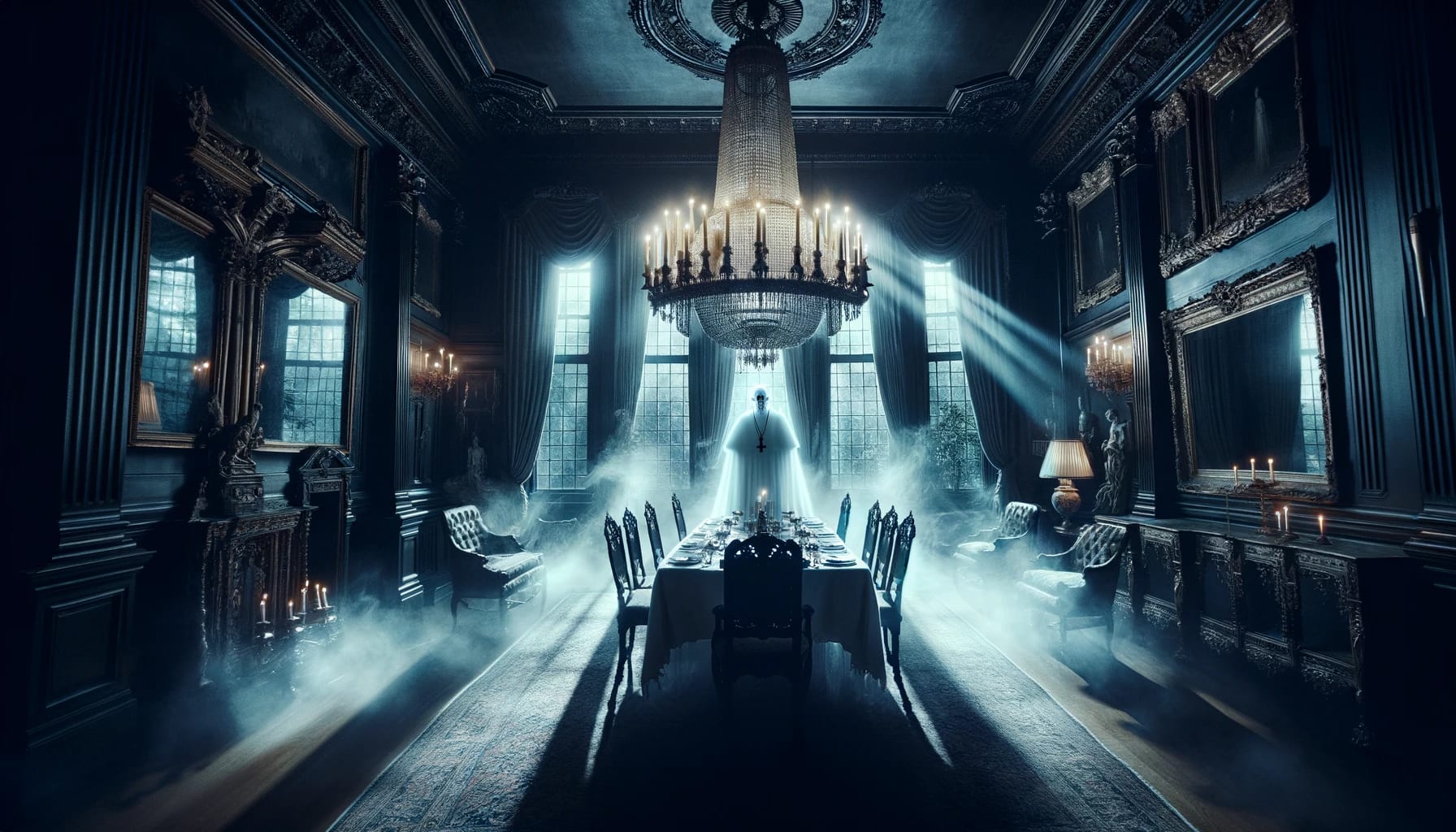An unassuming historic property by day, a frightening paranormal hotspot by night. Who haunts this famous Philadelphia landmark?
The Ghosts of the Bishop White House
If you ask the locals what is the most haunted house in Philadelphia, chances are, they'll name the Bishop White House.
According to Darcy Oordt's book Haunted Philadelphia, this 18th-century building is haunted by several former residents, and even a mysterious ghost cat.
John the Shadow Man
The dwelling now known as the Bishop White House, was built in 1787 for William White, the first consecrated Bishop of the Episcopal Church.
As a man of prominence in early-Philadelphia, Bishop White had the means to build an extravagant home.
To aid in the up-keep of his estate, William White hired several staff members, including a coachman named John.
John was a free African-American and a good friend of the Bishop. From the moment he was employed as White's coachman, to the day of his death, John lived in a small apartment behind the Bishop White House.
According to historical records, John succumbed to Yellow Fever during the 1793 epidemic.
Before his death, John was treated by Dr. Benjamin Rush, whose approach to curing Yellow Fever involved giving his patients copious amounts of mercury and draining their blood.
Whether John actually died from Yellow Fever or from the gruesome treatments Dr. Rush administered is unknown. What we do know is that his spirit found a new home inside the Bishop White House after his death.
Visitors to the home claim to spot the shadow of a man moving from one side of the room to another. This shadow is believed to be John's ghost. Unlike typical "Shadow People" sightings, spotting John brings feelings of sadness, rather than crippling fear.
Mrs. Boggs' Ghost
One of John's good friends was Mrs. Boggs, a fellow staff member. Mrs. Boggs was the White family's cook, and she lived directly above the kitchen with several other servants.
Mrs. Boggs, along with John, are believed to have been the most important employees of the Whites, since they're both mentioned in letters written by the family. No other servants are.
Given her importance in life, many believe she stuck around in death. Mrs. Boggs' misty apparition has been seen (unsurprisingly) in the kitchen and on the first floor of the home.
Bishop White's Ghost
It would be a miss to talk about the ghosts of the Bishop White House without mentioning William White's spirit.
White was eighty-five when he passed away due to illness, likely in his bedroom. Still, many claim to have seen his ghost staring out of the third floor windows with a sad look on his face.
Ghost Cat at the Bishop White House
An unexpected spirit at the Bishop White House is a ghost cat, believed to have belonged to Dr. Benjamin Rush.
Passersby to the home often see a cat lying down by the windows. What's strange is that there are no felines living in the house today. And there are no records of the family ever owning a cat.
Some even claim that they've heard a cat meowing inside the property during their visit. Given that this is a historical house museum, we doubt there are any cats roaming around. Ones that are alive anyway.
Bishop White House History
Reverend William White was the original owner of the house and he lived in it until his death in 1836. The home was conveniently located between the two Episcopal churches he served.
The 18th-century building had several rare and modern features that were ahead of its time, particularly the indoor "necessary", when most houses at the time had outdoor privies.
The Bishop White House contains items which originally belonged to the Bishop and his family. At one point, the Bishop lived in the house
In its heyday, the house was frequented by notables such as George Washington, John Adams, Benjamin Franklin, and Thomas Jefferson.
The Haunted Bishop White House is managed by the Historic Burying Grounds Initiative within Boston's Parks and Recreation Department.
Visiting The Haunted Bishop White House
Part of the Independence National Historical Park, the house can be accessed as part of a ticketed tour. For more information about visiting the Bishop White House, please visit their website.

